| [1] Bronfort G, Haas M, Evans RL, et al. Efficacy of spinal manipulation and mobilization for low back pain and neck pain: a systematic review and best evidence synthesis. Spine J. 2004;4(3):335-356. [2] Leininger B, Bronfort G, Evans R, et al. Spinal manipulation or mobilization for radiculopathy: a systematic review. Phys Med Rehabil Clin N Am. 2011; 22(1):105-125. [3] Zhang W, Guo W, Zhao P, et al. Therapeutic effects of Chinese osteopathy in patients with lumbar disc herniation. Am J Chin Med. 2013;41(5):983-994. [4] 冯伟,冯天有,王飞等脊柱定点旋转复位法治疗游离型腰椎间盘突出症[J]. 中国骨伤,2008, 21(7):529-531. [5] Chiradejnant A, Latimer J, Maher CG. Forces applied during manual therapy to patients with low back pain. J Manipulative Physiol Ther. 2002;25(6):362-369. [6] Herzog W. The biomechanics of spinal manipulation. J Bodyw Mov Ther. 2010;14(3):280-286. [7] Downie AS, Vemulpad S, Bull PW. Quantifying the high-velocity, low-amplitude spinal manipulative thrust: a systematic review. J Manipulative Physiol Ther. 2010; 33(7):542-553. [8] Henderson CN. The basis for spinal manipulation: chiropractic perspective of indications and theory. J Electromyogr Kinesiol. 2012;22(5):632-642. [9] Haldeman S. Principles and practice of chiropractic. 3rd Edition. McGraw-Hill Medical Publishing, 2005:368-370. [10] 郭伟.腰椎关节不同手法的临床疗效分析和手法生物力学特征研究[D].北京:中国中医科学院,2014:153. [11] 毕胜,李义凯,汪爱媛,等.不同推拿手法下腰椎小关节应力变化的观察[J].中国康复医学杂志,2001,16(3):144-145. [12] Avramov AI, Cavanaugh JM, Ozaktay CA, et al. The effects of controlled mechanical loading on group-Ⅱ,Ⅲ and Ⅳ afferent units from the lumbar facet joint and surrounding tissue: an in vitro study. J Bone Joint Surg Am. 1992;74(10):1464-1471. [13] Triano J, Schultz AB. Loads transmitted during lumbosacral spinal manipulative therapy. Spine. 1997; 22(17):1955-1964. [14] Van Zoest GG, Gosselin G. Three-Dimensionality of direct contact forces in chiropractic spinal manipulative therapy. J Manipulative Physiol Ther. 2003;26(9): 549-556. [15] Herzog W, Conway PJ, Kawchuk GN, et al. Forces exerted during spinal manipulative therapy. Spine. 1993;18(9):1206-1212. [16] 刘强.循环载荷条件下模拟腰椎扳法对椎间盘内压的影响[D].北京:中国中医科学院,2013:57-63. [17] 郭伟,龚成,韩磊,等.冲击手法和松动手法的力学测量和疗效分析[J].空军医学杂志,2015,31(4):226-229. [18] 唐恒涛,赵卫东,吴学建.ISOBAR TTL半坚强动态固定系统对腰椎固定节段关节突关节载荷的影响[J].中华实验外科杂志,2015,32(3):593-595. [19] 赵卫东,徐波,张美超,等. 颈椎三维运动对关节突关节压力的作用[J].中国组织工程研究与临床康复,2010,14(22): 3996-3999. [20] Wu JZ, Herzog W, Epstein M. Effects of inserting a pressensor film into articular joints on the actual contact mechanics. J Biomech Eng. 1998;120(5):665-659. [21] Minns RJ, Walsh WK. Preliminary design and experimental studies of a novel soft implant for correcting sagittal plane instability in the lumbar spine. Spine. 1997; 22(16):1819-1825. [22] Hedman TP, Fernie GR. Mechanical response of the lumbar spine to seated postural loads. Spine. 1997; 22(7):734-743. [23] 胡孔和,吴强,李康华,等.人工颈椎间盘置换术后邻近下位关节突关节压力变化的生物力学研究[J].临床生物力学, 2009,27(4):474-476. [24] 吴强,卢海波,李康华,等.颈椎前路不同术式对邻近下位关节突关节压力影响的生物力学研究[J].国际医药卫生导报, 2009,15(23):1-5. [25] 李康华,肖文峰,胡建中,等.人工腰椎间盘置换后下位关节突关节内压力的变化[J].中国组织工程研究与临床康复, 2008,12(4):631-634. [26] 胡新佳,李康华.腰椎间盘切除与人工椎间盘置换前后上位关节突关节内压力改变[J].中国修复重建外科杂志,2005, 19(6):427-430. [27] 杨红波,李康华,唐磊彬,等.C5/6椎间盘置换术后C3/4关节突关节内压力变化的生物力学研究[J].湖南师范大学学报(医学版),2012,9(3):68-71. [28] Chang UK, Kim DH, Lee MC, et al. Changes in adjacent-level disc pressure and facet joint force after cervical arthroplasty compared with cervical discectomy and fusion. J Neurosurg Spine. 2007;7(1):33-39. [29] Zhu QA, Park YB, Sjovold SG, et al. Can extra-articular strains be used to measure facet contact forces in the lumbar spine? An in-vitro biomechanical study. Proc Inst Mech Eng H. 2008;222(2):171-184. [30] Wang H, Xu DQ, Hu JZ,et al.Three-dimensional finite element analysis of the zygapophyseal joints following artificial lumbar disc replacement. J Clin Rehab Tissue Eng Res. 2010;14(26):4915-4919. [31] 徐力鹏,肖进,张美超,等.腰椎小关节承载功能的三维有限元分析[J].创伤外科杂志,2006,8(2):140-143. [32] 原芳,蒲婷,廖振华,等.Prestige LP和Discover人工颈椎间盘的生物力学有限元分析[J].北京生物医学工程,2014, 33(1):13-20. [33] 马信龙,马剑雄,徐卫国,等.骨科生物力学研究的测量方法专家共识[J].中国骨质疏松杂志,2014,20(9):1039-1054. [34] Wilson DC, Niosi CA, Zhu QA, et al. Accuracy and repeatability of a new method for measuring facet loads in the lumbar spine. J Biomech.2006;39(2): 348-353. [35] Kahmann RD, Buttermann GR, Lewis JL, et al. Facet loads in the canine lumbar spine before and after disc alteration. Spine. 1990;15(9):971-978. [36] 颜昌义,曾昭荣,施宗尧.腰椎后关节内“半月板样结构”与腰痛关系的探讨[J].中华骨科杂志,1992,12(2):132-134. [37] Giles LG, Taylor JR. Human zygapophyseal joint capsule and synovial fold innervation. Br J Rheumatol. 1987; 26(2): 93-98. [38] Jones AR, Yelverton CJ, Bester C. Ultrasound imaging of the trapeziometacarpal articular cavity to investigate the presence of intraarticular gas bubbles after chiropractic manipulation. J Manipulative Physiol Ther. 2014;37(7): 476-484. |
.jpg)




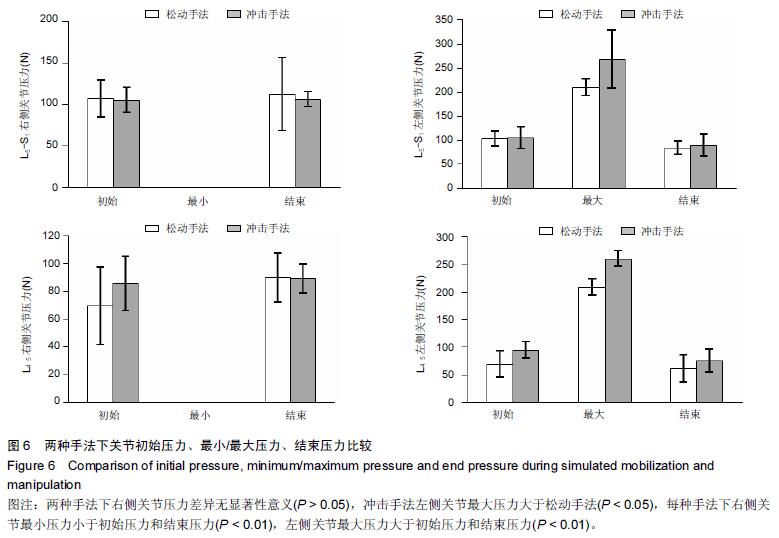
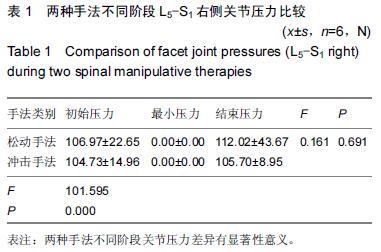
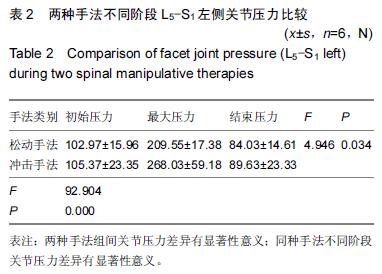
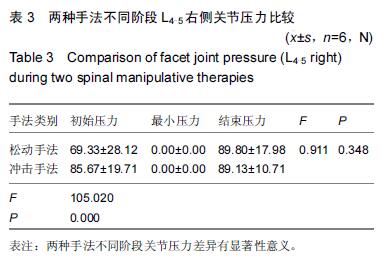
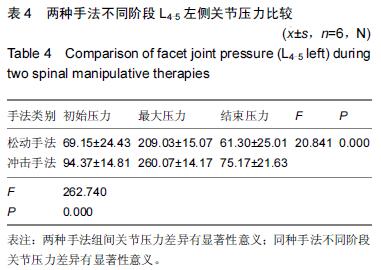
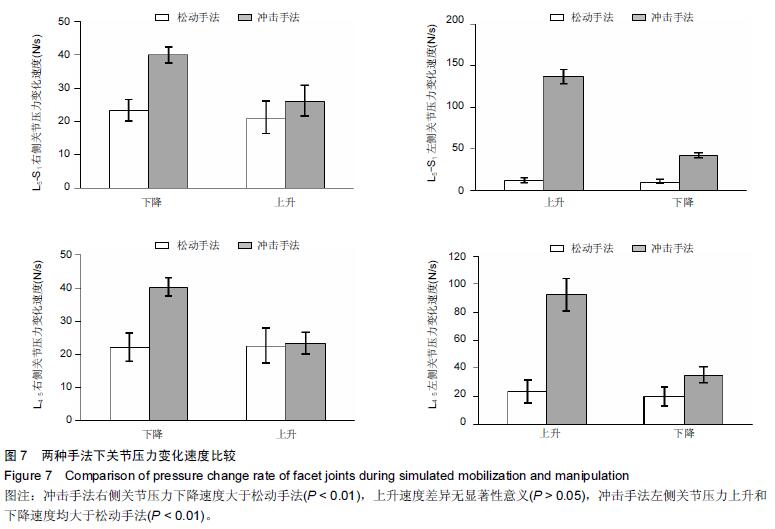
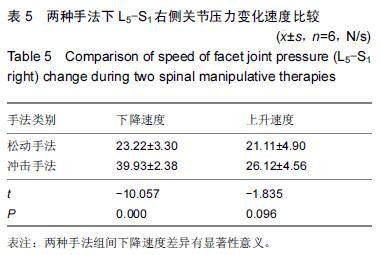
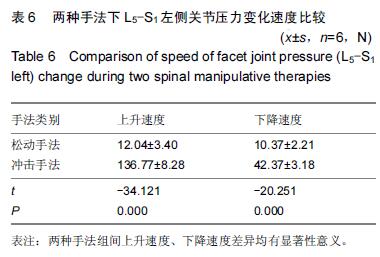
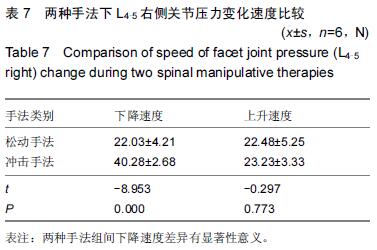
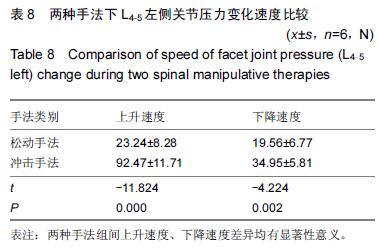
.jpg)
.jpg)